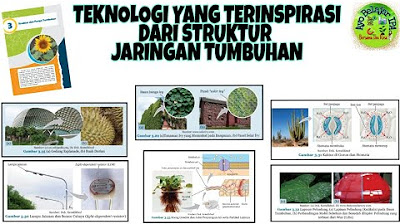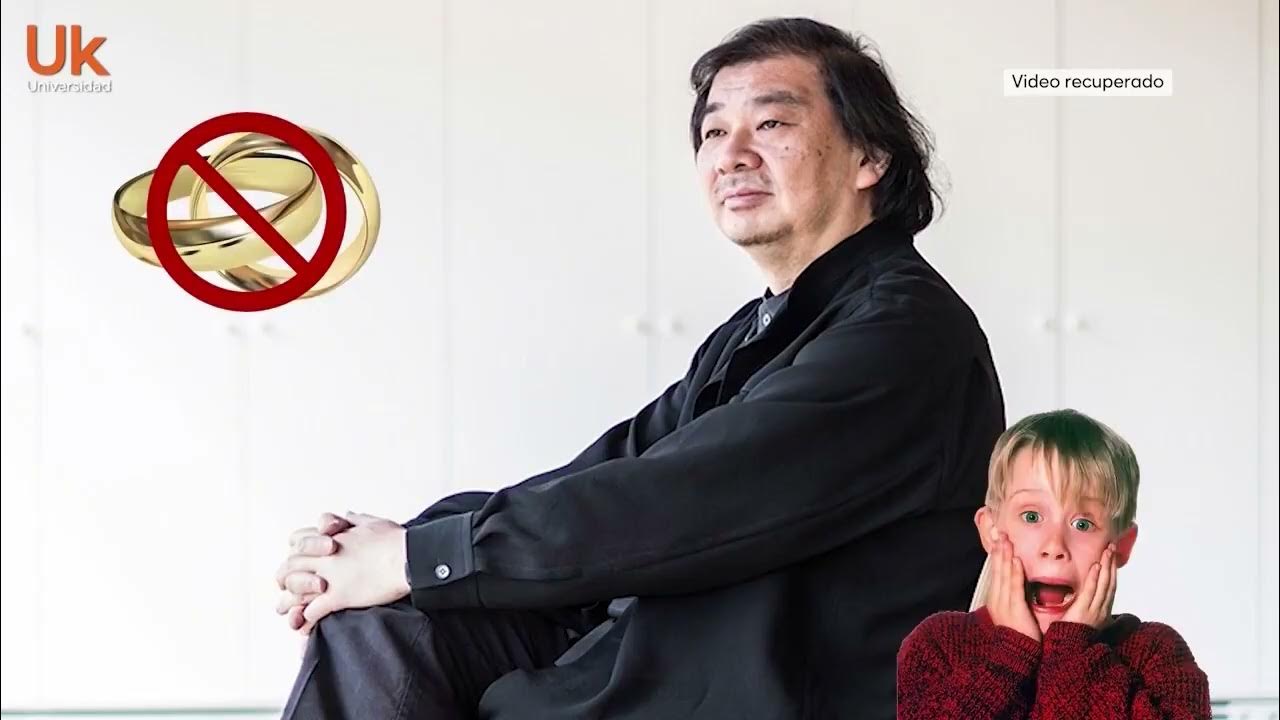FORM FINDING – Frei Otto: Spanning the Future
Summary
TLDRThe transcript discusses 'form finding,' a process where architectural structures emerge organically from physical processes rather than being preconceived. It emphasizes the utopian vision of architecture's impact on culture and community. The concept is extended to environmental criteria like energy, sunlight, and water management, suggesting a new paradigm in architectural thinking inspired by computing and simulations.
Takeaways
- 🌐 Form finding is a process where structure emerges naturally from physical laws rather than being preconceived.
- 🏗️ It represents a utopian vision for architecture, aiming to impact knowledge and community culture.
- 🚀 This paradigm shift inspires current practices, suggesting a new approach to architectural thinking.
- 🌱 The concept can be expanded beyond structural considerations to include environmental factors like energy, sunlight, and water management.
- 💡 The idea of form finding encourages an open-minded approach to how building shapes can emerge from simulations.
- 💻 Computing has played a significant role in reviving and reimagining form finding experiments.
- 🔄 The reemergence of form finding is tied to advancements in computational design and simulation.
- 🌟 Form finding challenges traditional architectural methods by emphasizing the organic emergence of form.
- 🌿 It promotes a holistic approach to architecture that considers the interplay of structure, environment, and community.
- 🛠️ The script suggests that form finding can lead to innovative solutions in sustainable architecture.
Q & A
What is the concept of 'form finding' as described in the transcript?
-Form finding refers to a physical setup where the form of an object or structure self-organizes without being preconceived or drawn by hand. It emerges naturally from a physical process.
How does form finding relate to the utopian idea of knowledge and architecture?
-Form finding embodies a utopian vision of knowledge and architecture by suggesting that structures can organically adapt and evolve based on their environment and function, potentially leading to more efficient and harmonious designs.
What broader cultural and community impacts does the transcript suggest form finding could have?
-The transcript implies that form finding could influence the broader culture and community by offering a new paradigm for architectural design that is more responsive to environmental and social needs.
How does the transcript connect form finding to current architectural practices?
-The transcript suggests that the principles of form finding are inspiring current architectural practices, potentially leading to more innovative and adaptive designs.
What are the environmental criteria mentioned in the transcript that form finding could be expanded into?
-The environmental criteria mentioned include energy efficiency, sunlight penetration, and water management.
How does computing play a role in the reemergence of form finding experiments?
-Computing allows for the reemergence of form finding experiments by enabling simulations and morphologies to emerge from data and algorithms, rather than just physical processes.
What is the significance of the paradigm shift mentioned in the transcript?
-The paradigm shift signifies a move away from traditional, preconceived architectural designs towards a more dynamic and responsive approach that is informed by physical processes and environmental factors.
How does the transcript view the potential of architecture to affect culture?
-The transcript views architecture as having the potential to significantly affect culture by embodying new ways of thinking and responding to environmental and community needs.
What does the transcript mean by 'morphologies emerging out of these simulations'?
-The transcript refers to the possibility of new forms or structures emerging from computational simulations that mimic natural processes, leading to innovative architectural designs.
How does the transcript suggest architects should be open-minded about form finding?
-Architects should be open-minded about form finding by embracing the idea that structures can emerge from physical processes and simulations, rather than being strictly preconceived.
What does the transcript imply about the future of architectural design?
-The transcript implies that the future of architectural design may involve more organic, adaptive structures that emerge from environmental and computational processes, rather than being strictly designed.
Outlines

Этот раздел доступен только подписчикам платных тарифов. Пожалуйста, перейдите на платный тариф для доступа.
Перейти на платный тарифMindmap

Этот раздел доступен только подписчикам платных тарифов. Пожалуйста, перейдите на платный тариф для доступа.
Перейти на платный тарифKeywords

Этот раздел доступен только подписчикам платных тарифов. Пожалуйста, перейдите на платный тариф для доступа.
Перейти на платный тарифHighlights

Этот раздел доступен только подписчикам платных тарифов. Пожалуйста, перейдите на платный тариф для доступа.
Перейти на платный тарифTranscripts

Этот раздел доступен только подписчикам платных тарифов. Пожалуйста, перейдите на платный тариф для доступа.
Перейти на платный тарифПосмотреть больше похожих видео
5.0 / 5 (0 votes)






